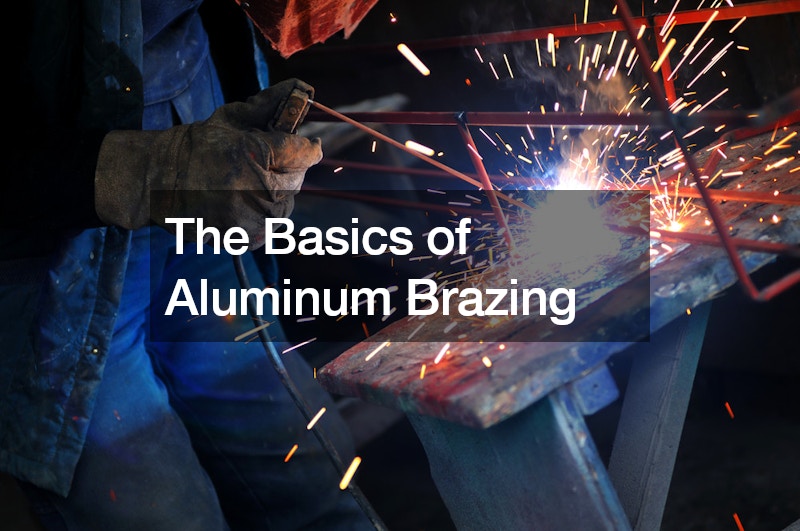Aluminum brazing is a process used to join aluminum pieces together using a filler metal. This technique is widely used in various industries, including automotive, HVAC, and aerospace, due to its ability to create strong, durable joints without melting the base metals. The process begins with cleaning the aluminum surfaces to remove any oxides, oils, or contaminants, ensuring a good bond.
The next step is selecting an appropriate filler metal, which typically has a lower melting point than the aluminum pieces being joined. Common filler metals include aluminum-silicon alloys. Once chosen, the filler metal is placed at the joint area. The aluminum pieces are then heated to a temperature just above the melting point of the filler metal, but below the melting point of the aluminum workpieces. This precise control of temperature is crucial to prevent melting the base metal.
Heating methods for aluminum brazing can vary, but commonly used techniques include torch brazing, furnace brazing, and induction brazing. The filler metal melts and flows into the joint by capillary action, creating a strong bond as it cools and solidifies. Proper joint design is important to ensure capillary action works effectively, typically involving tight clearances between the pieces being joined.
After brazing, the joint is allowed to cool naturally, and any flux residues, if used, are cleaned off to prevent corrosion. The resulting joint is typically strong and corrosion-resistant, making aluminum brazing a preferred method for many applications. This process offers a reliable and efficient way to create robust connections in aluminum structures and components.



